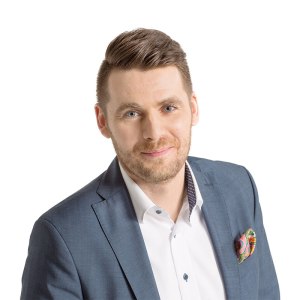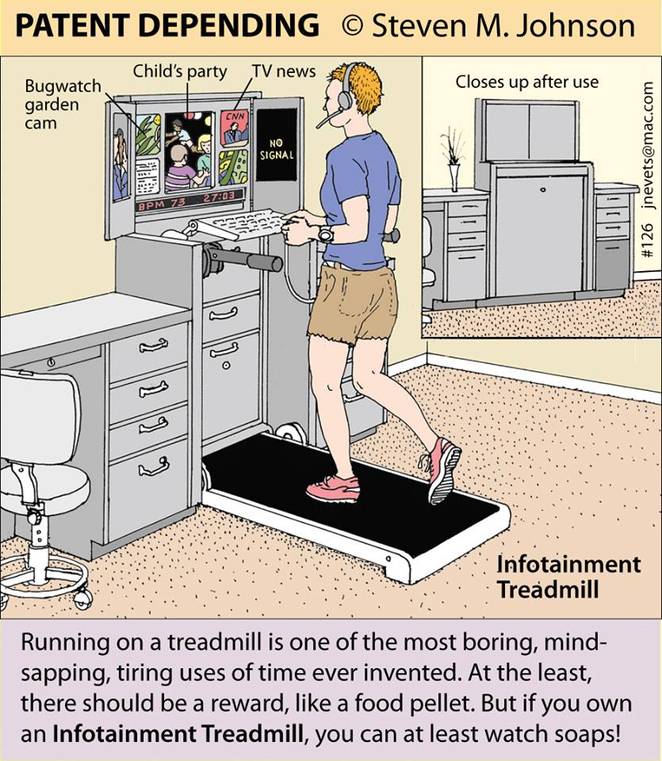
On the first Monday in May software developers, behavioural psychologists and energy experts came together at Granlund’s headquarters in Helsinki to prototype ideas that reduce user energy consumption in buildings. The event was organised by Granlund and Demos Helsinki and was a byproduct of the Smart Retro Project.
“Considering that the vast majority of buildings only have knowledge of their total electricity consumption and their total heating consumption, the goal of the hackathon was to scale down the requirements and to stick to simple, practical solutions that would be quick to build, and would help promote sustainable behavior”
|
What is user energy consumption?
Buildings can be excellently designed by teams of engineers and architects but until they are occupied by the eventual users it is very difficult to obtain a detailed understanding of how they will be used. This is predominately because people use buildings in an unpredictable way and as a result they represent the “human error” in the complex engineering system that is the modern building. There are many important questions that cannot be answered as each day is essentially a unique event. Examples of these key questions are:
- At what time will the last person leave the building so that all ventilation, lighting and heating systems can be shut down?
- Can we trust people to turn off the light over their desk when they leave or should we install an automatic system to do this?
User energy consumption analysis of buildings concerns the interaction between the installed energy consuming systems (for example: lighting), the related control systems (for example: light switches) and the people that occupy the building. At the hackathon Outi Kuittinen of Demos Helsinki explained that “Our behaviour can indeed have a major impact on energy consumption. One study (see image below) found that being wasteful with our energy use could lead up to a 33% increase in the default energy consumption of a building. Correspondingly, being conservative with our energy use could lead up to 32% less consumption from the baseline amount. Hence, by acting smart, we can actively cut down our energy consumption by over a half”

With this in mind there are two opposing views as to how to minimise user energy consumption in buildings.
- Keep it simple: the first view favours simple control systems that are operated by the users and the benefits of this approach are low cost of installation and ease of use of the control systems. The downside of this approach is that the majority building users are not motivated to minimise energy consumption and thus energy consuming systems are frequently left on, even at times when they are no longer needed.
- Automation: the second view favours automation over user control. This approach uses pre-set time schedules to turn on the systems in the morning and shut down the systems in the evening. It also uses approaches such as carbon dioxide detectors to control ventilation rates and occupancy sensors to control lighting. The downside of this approach is that it can be frustrating for the building users if the systems turn themselves off when they are still required. Automatic control systems must minimise disruption to the users while also minimising energy consumption and it is not always so easy.
The best solutions often use a hybrid approach.
Why is user energy difficult to measure?
In order to adequately map and measure user energy consumption we require a building that has a very high level of sub-metering as a minimum. It would also be beneficial for the building to have a very sophisticated method of measuring occupancy. The required level of sub-metering is not being installed in the most advanced modern buildings and as of yet there is not a commonly used and accurate method of measuring occupancy. We require these systems as we would like to compare the energy consumed in the different areas of the building with the number of occupants at that time. We would also like to have competition between different areas of the building by comparing the lighting energy consumption of floor 1 versus floor 2 in an office building for example. Considering that the vast majority of buildings only have knowledge of their total electricity consumption and their total heating consumption, the goal of the hackathon was to scale down the requirements and to stick to simple, practical solutions that would be quick to build, and would help promote sustainable behavior.
“The hackathon focused on solutions for existing office buildings that did not have sub-metering”
“successful development of these solutions would raise the awareness of the benefits of behavior change in the real estate context”
|
Targets of the hackathon
Throughout the preparation for this event our definition of a hackathon was: an event where software developers collaborate intensively with a wide range of experts on software projects that aim to solve a particular problem. The hackathon focused on solutions for existing office buildings that did not have sub-metering and where measuring user behavior was difficult and each team was given a different focus area from the list of: lighting, appliances, elevators, space use and heating. The targeted outcome was to create software solutions that could be implemented and evaluated without the need for behavior change studies carried out by experts or investments in hardware. It was also noted that successful development of these solutions would raise the awareness of the benefits of behavior change in the real estate context.

Hackathon results
The results of the 5 teams are briefly summarised below:
Warm Enough: the heating team’s solution was to “optimise indoor temperature based on crowdsourced temperature feedback via mobile app”. The main aim of the concept was to stop office buildings being overheated in winter and to find a temperature that might be lower than is currently standard but which suits is “warm enough for 75%” of the building occupants. For example if a particular office building is currently heated to 23oC then maybe 20oC would be “warm enough for 75%”. The 25% for which the set temperature is not warm enough would then be provided with specialist solutions such as woolen socks, a warmed chair or they could even be relocated into a warmer room. The process of determining which temperature is “warm enough for 75%” involves testing different temperatures and gathering feedback from the building users via an application. This concept could also be used to stop office buildings being overcooled in summer.

Stairs are the new normal: the target of the elevators team was to minimise the use of elevators in order to reduce energy consumption and to promote the health benefits of taking the stairs. The team’s aim was to normalise the use of the stairs and to create the perception that the elevators were only for those building users who could not take the stairs due to disability. They suggested taking away items such as restaurant menus, music and information screens from the elevator and adding them to the stairs. They also suggested adding images of green feet on the stairs and information posters describing the benefits of choosing the stairs.

Monitoring monitors: the appliances team created and demonstrated a screen use tracker that encouraged users to turn off their computer monitors when they shut down their computers. The “Easy Reminder” tracks the amount of energy you’ve wasted and lets you know how far you’d drive by a car with the same energy. The tracker also compares that figure to those of your colleagues and gives positive feedback when you have improved your behavior.

Shedding light on occupancy: The lighting team aimed to help building users to be proactive when turning items off. One typical problem can be summed up as follows: I think I am the last person leaving tonight and I want to turn off all the lights but what if someone is still working? They aimed to solve this solution by creating a location related application that shows that a user is still in the building working. For privacy reasons the application is not accurate a shows the persons general location. This will help building users be more proactive and building managers be more efficient in setting the shut-down schedules. Eventually this application could even be used to automatically shut down the building systems once the last person has gone home.

Standing room only? the space use team focused on reducing the amount of office space allocated to meeting rooms. They did not suggest abolishing meeting rooms altogether but instead encouraged companies to be more creative as to where they hold their meetings. This could achieve an increase in energy efficiency by being more space efficient and could also increase productivity by using fun meeting spaces such as gardens and rooftops and by having standing only meetings in corridors.
Thank you once again to all the participants and let’s keep this discussion going!





 I have been to a number of sustainability conferences and events this year and I have noticed that circular economy seems to be the latest phrase being used to describe sustainable construction materials. In the various keynote speeches that I have heard, it seems to have replaced phrases such as
I have been to a number of sustainability conferences and events this year and I have noticed that circular economy seems to be the latest phrase being used to describe sustainable construction materials. In the various keynote speeches that I have heard, it seems to have replaced phrases such as 





